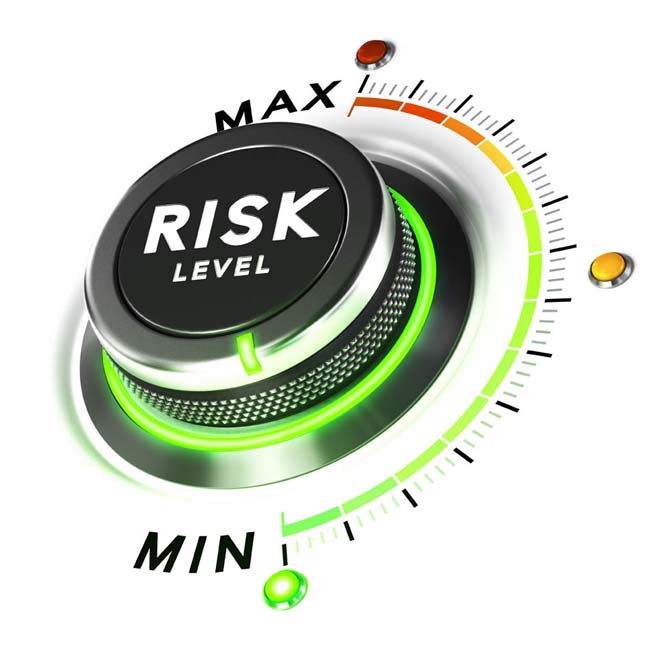When you are an employer in the 21st century there are a lot of rules and regulations which you have to follow which simply did not exist perhaps 30 or 40 years ago. A lot of these are connected with the safety of your staff in the workplace and the safety of anyone else who may come on to the premises, such as customers, sales people who are trying to sell you something, contractors carrying out work in the building, and so on.
All of these people need to be kept safe while on your premises and in particular if fire should break out. Government statistics show that in England alone in 2018/2019, Fire and Rescue Services attended 576,040 incidents. Of these, 40% were fire false alarms, 28% non-fire related incidents, and 32% were actual fires. That works out at 184,332 fires!
This is why there are now very strict rules regarding fire safety on non-domestic premises. Not the least of the requirements is that you must carry out a fire risk assessment of your premises and review it regularly. There is no definition of what is meant by “regularly”, but most people consider it to be annually. The risk assessment must be carried out be the “responsible person” or someone appointed by him/her. You are the responsible person if you are:
- an employer
- the owner
- the landlord
- an occupier
- anyone else with control of the premises, for example a facilities manager, building manager, managing agent, or risk assessor.
Non-domestic premises are classed as follows:
- all workplaces and commercial premises
- all premises the public have access to
- the common areas of multi-occupied residential buildings
If the premises are shared, such as an office building with different businesses occupying it, then there may be more than one responsible person and you will need to work together to ensure fire safety.
This is where things can become a problem, because you may be a great engineer/music producer/estate agent/library manager, or whatever, but what do you really know about the huge number of different things which might, or might not, be a fire risk in your business? It is probably fair to say that you don’t.
For example, what do you know about disabled refuge points? For the uninitiated, you may or may not need these. If your business is one where you have staff that are physically fit and capable of running up and down a flight of stairs, you probably don’t. However, if you run a retail store, you don’t have any control over who comes into your store and you may have people on the premises who are disabled when a fire breaks out.
Furthermore, they may not be people who are disabled, but those who are elderly, have a broken leg, or are heavily pregnant. They are mobility impaired, but for the purposes of the exercise need to be treated as disabled. You then have to find a place where a disabled refuge can be placed, and there are strict rules about it, such as it needing to be protected from fire. A disabled refuge chair may be required. You also need to have two-way communication so that staff can assure users that help is on its’ way. And, of course, you need to have staff who are trained and know how to help the disabled escape.
You can begin to see why carrying out a fire risk assessment can be so daunting. All of this is why so many people prefer to employ us at UK-Fire Risk Assessments to carry out their fire risk assessment on their behalf. Our assessors are highly trained and skilled at what they do and can carry out a fire risk assessment for you wherever in the country you may be based. Not only that, but they are all fully insured in order to safeguard the advice that they provide. Every single fire risk assessment is different because all premises are different.
We work on a fixed price for your fire risk assessment which is based on the total area of your premises, and there are no hidden charges. When we have carried out the assessment, we will provide you with our recommendations and the written report that you are legally required to keep if you have five or more employees.

